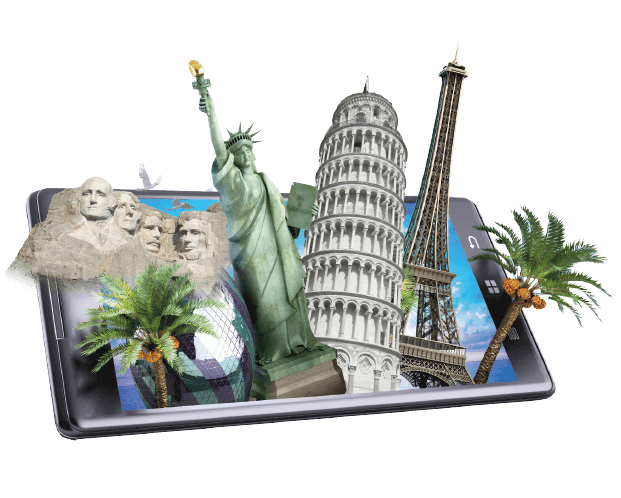Are you ready for a new experience?
MyWoWo
Wonders with no limits!
Scan QR code

Download MyWoWo! The travel app that tells you about the wonders of the world!



The app already has hundreds of audio files in your own language that will tell you about the wonders of the following cities in a fun and simple way at an exceptional price!



*(excluding the cost of connecting to the internet and downloading data that is connected to your internet service provider).